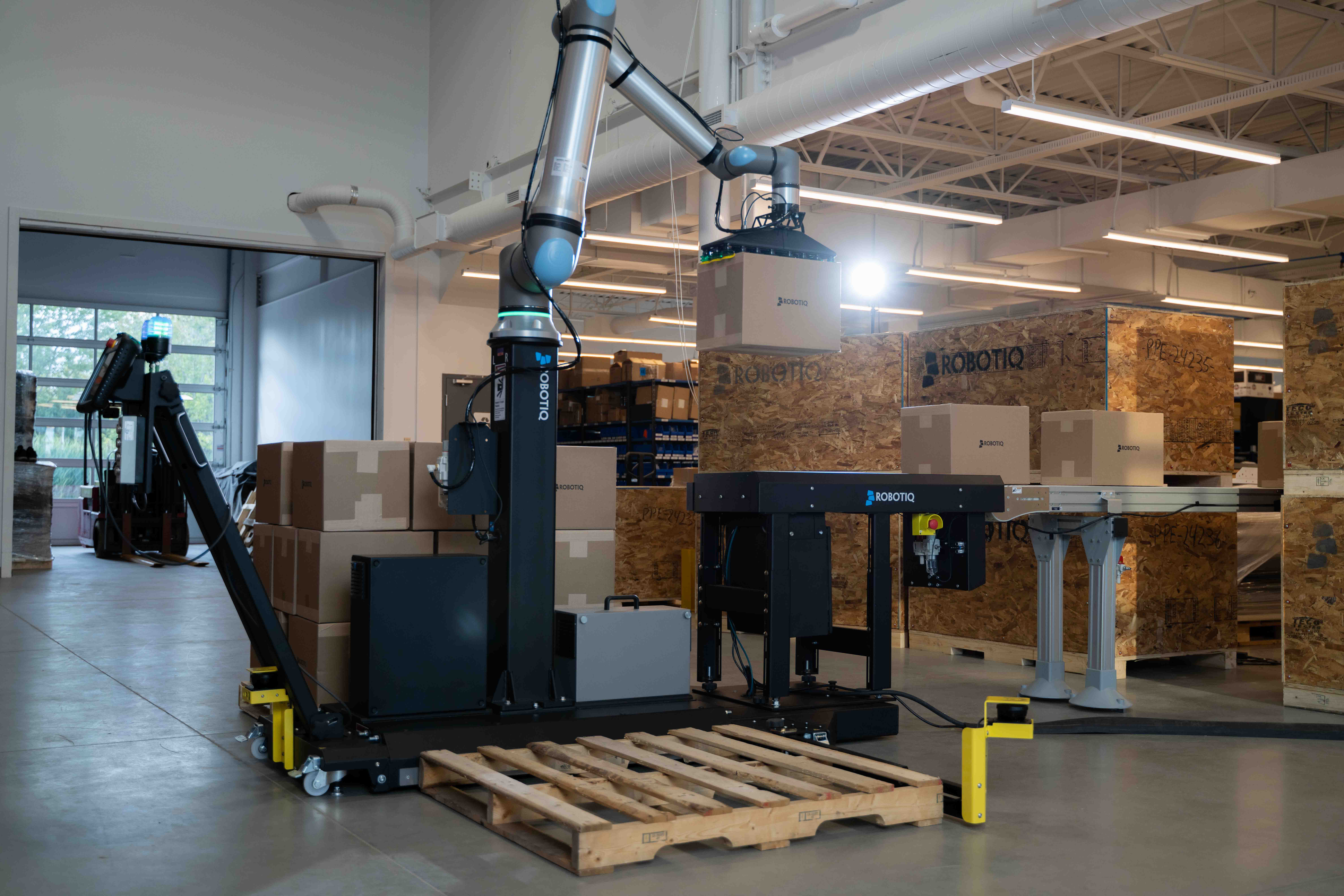This blog explores the principles and benefits of regenerative agriculture, highlighting the reasons behind its slow adoption. It goes on to show how technology can help overcome these barriers to make farming more sustainable and profitable.
What is regenerative agriculture (Regen ag)?
Regenerative agriculture is a holistic farming approach that improves soil health, encourages biodiversity and water restoration, and in the process delivers high-quality food, reduces greenhouse gas emissions, and aids in sequestering CO2. It helps fight the impact of climate change by restoring soil health, ecosystems, lost biodiversity, and water. An evolution of traditional agriculture, regenerative agriculture minimizes the usage of input resources, including water, prevents land degradation by protecting and improving soil fertility, and curbs deforestation.
What are the benefits of regenerative agriculture
What are the 5 principles of regenerative agriculture
Regenerative Agriculture is not a one-size-fits-all solution. Every farm is unique and needs a special set of farming approaches to
Other less adopted practices include wastewater treatment, renewable energy, and carbon farming.
Challenges in the adoption of regenerative agriculture
Although farmers are positive about regenerative agriculture, a practice largely associated with soil health and sustainability, barriers to adoption remain across the board.
Top challenges in the adoption of regenerative agriculture are
Managing the transition risk
For a farmer, the farm is a business, a source of livelihood. A major obstacle to adopting regenerative practices is the initial hit to profit. In the beginning, farmers experience an initial fall in profits because of reduced production (read revenue) and increased costs.
Financial barriers to adoption
To fix this, we need a team effort. Governments can offer help with transition loans, reduced interest rates, and subsidies for cover crop seeds, biofertilizers, to name a few. They can also create new insurance products and tax breaks to lower the risk for farmers. Businesses and investors also have a role. Businesses can partner with regenerative farmers for responsible sourcing, enhancing their brand image. This market support improves demand, driving much-needed economic incentive to encourage the transition. Investors can back projects focused on carbon sequestration and biodiversity. Assessing the risk of potential leakage is crucial here. By deploying technology, one can validate program impact with measurable outcomes and data-driven proof points.
Bridging the knowledge gap
Many farmers lack access to information and knowledge to practice regenerative agriculture. This is especially pronounced in the Global South, where farmers are accustomed to traditional methods. This knowledge gap is a key barrier to adoption. To bridge this gap, technology can be deployed for outreach initiatives. For instance, the Cropin platform can be leveraged to share knowledge on practices, when, where, and how these must be followed. Such handholding will provide farmers access to relevant, localized information on regenerative practices, market opportunities, and sustainable farming techniques. Ongoing training and support systems will help farmers master new techniques.
How can we accelerate transition to regenerative agriculture?
Technology can very well be the answer to unlocking the full potential of regenerative agriculture. Take Cropin’s AI-powered decision support system (DSS) for example, it integrates
Case point: alliance for regenerative agriculture
Cropin, the world’s largest deployed AI platform for food and agriculture, has stepped in to address this very adoption problem with Field Intelligence for Regenerative Agriculture and Sustainability in Potato Farming (FIRST Potato) initiative. This program, backed by a €700,000 contract from EIT Food’s Impact Funding Framework, is designed to accelerate the adoption of regenerative practices across Europe.
FIRST Potato uses Cropin’s AI-powered decision support system (DSS) to provide farmers with the precise data-driven insights they need to succeed. DSS integrates data moat across crop-specific intelligence, real-time field data from sensors, satellite imagery, IoT devices, and weather stations for our very own AI models to derive predictive analytics. The models generate plot-specific hyper-local insights, daily advisories to be shared with farmers to optimize irrigation, manage inputs, and improve residue management. This way, Cropin aims to make regenerative methods both economically attractive and scalable.
For the best quality chips and fries, potato processors need tubers with high solid content. FIRST Potato not only enables regenerative practices to support corporate sustainable sourcing promises but also improves the solid content of potatoes. Cropin’s precision and predictive advisories address the initial drop in yield, optimize inputs, and verify sustainability. This deployment is expected to deliver collective benefits, empowering farmers to improve profitability, enabling brands to meet their sustainability goals, and benefiting the planet.
A resilient future
Regenerative agriculture is more than a farming method; it’s a powerful model for rebuilding our world’s resilience to climate change. As these practices take root, they trigger a cascade of natural cycles that heal the land, improve water retention, minimize erosion, and enrich soil nutrients. This results in healthier crops and farmland that can better withstand climate challenges such as droughts and floods. By nurturing a healthier soil ecosystem, regenerative farming also reduces the need for chemical inputs, preventing harmful runoff into our waterways.
In the long run, regenerative agriculture is not only good for the planet and society but also economically beneficial for farmers. To make this transition successful, farmers need support, and technology is the key. Innovative platforms like Cropin Cloud empower farmers with DSS needed to manage risk, optimize their efforts, and ensure that regenerative farming is a profitable and sustainable path forward.













